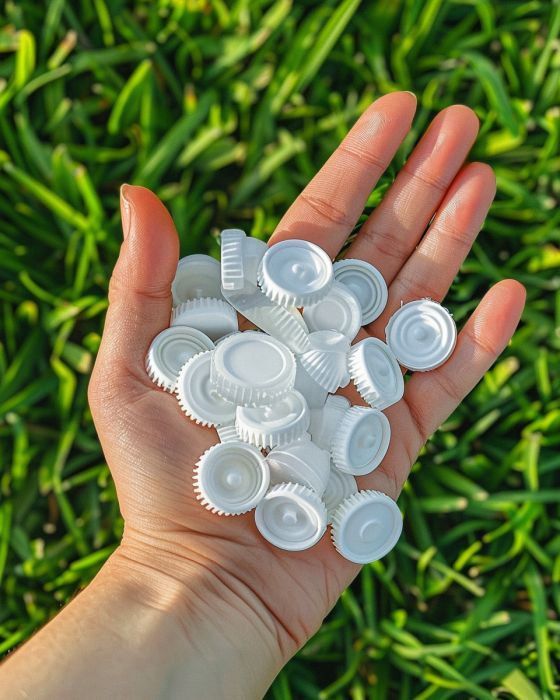
The Hidden Carbon Footprint of a Bottle Cap
When we talk about plastic waste, most people think of plastic bags, straws, or water bottles. But what about the small cap on top of your drink? It may seem insignificant—tiny, light, and easy to ignore—but in reality, that little bottle cap carries a surprising environmental impact.
What Is a Carbon Footprint?
A carbon footprint is the total amount of greenhouse gases (mainly CO₂) released into the atmosphere by a product or activity. For a bottle cap, this includes everything from:
- Extracting raw materials (like petroleum),
- Manufacturing the cap,
- Shipping it to factories and stores,
- And finally, what happens after we throw it away.
Each step requires energy, water, and fuel—adding to its total carbon footprint
How Much Carbon Does a Cap Produce?
According to the Beverage Industry Environmental Roundtable, the cap of a 500 mL plastic bottle produces about 2.7 grams of CO₂ emissions. That’s around 3.4% of the total carbon footprint of the entire bottle.
That may not sound like much—until you realize billions of caps are produced and discarded every year. Together, they create a global impact that's far from small.
Once made, a cap doesn’t go straight to your hand. It usually travels:
- From plastic manufacturers
- To bottling plants
- To warehouses and retail stores
This journey can span thousands of kilometers, using trucks, ships, or even planes. All of this adds more CO₂ emissions before the cap even reaches your bottle.
What Happens After Use?
After you twist it off, the cap has three possible fates:
- Landfill – Most plastic caps end up here, where they sit for hundreds of years and slowly break down into microplastics.
- Incineration – Burning plastic releases harmful gases, including CO₂ and toxic pollutants.
- Recycling – Unfortunately, only about 9% of plastic waste globally gets recycled. Many caps are too small to be picked up by machines in recycling facilities.
Can Recycled Caps Help
Yes. Using recycled plastic (like polypropylene) instead of new plastic can cut emissions by up to 70%. That’s why some companies—including ours—are giving old caps a second life by turning them into useful products like accessories or home decor.This reduces the need to extract more oil and lowers the environmental footprint.
What You Can Do:
You don’t need to stop buying bottled drinks—but you can make smarter, more sustainable choices:
- Use reusable bottles instead of single-use ones.
- Check local recycling rules—some places accept caps if attached to the bottle.
- Support brands that use recycled materials and eco-friendly packaging.
- Join or support projects that collect and reuse bottle caps (like ours!).
The bottle cap might be small, but its impact is big. Next time you open a drink, take a second to think: Where will this cap end up—and what can I do to change that?
Author: Suzy Liu
